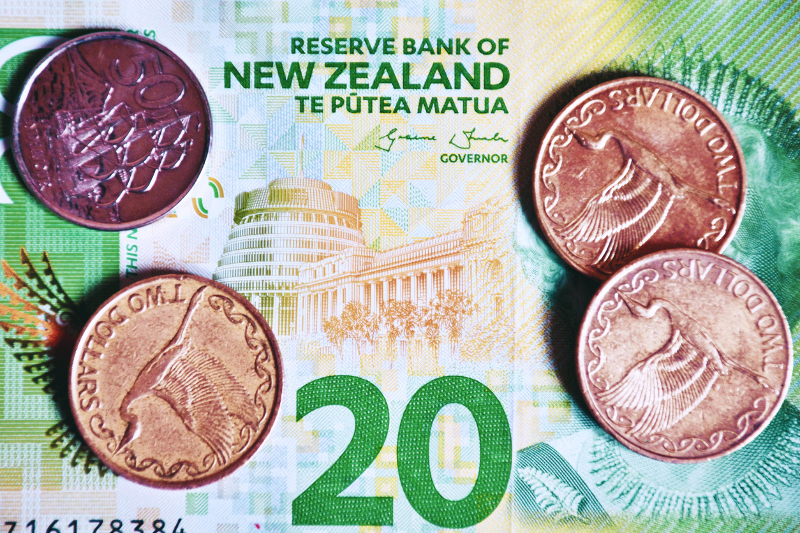
At that point, the central bank is signalling a small increase through to the March quarter of 2028.
In last week's government budget, Treasury put the OCR's low point at 2.5% while in February, RBNZ put the OCR's low point at 3.1% by the December quarter.
Economists have been debating where the OCR will bottom, with ASB, for example, expecting it to reach 2.75% by December this year.
RBNZ cut the OCR to 3.25%, as expected and from 3.5%, saying that while the consumers price index (CPI) rose to an annual rate of 2.5% in the March quarter, core inflation is declining and that there's spare capacity in the economy.
RBNZ is forecasting 0.5% inflation for the June quarter, slightly higher than February's 0.4% forecast, with the annual rate at 2.6%, up from the 2.5% reported for the March quarter.
RBNZ's CPI forecast for the year ending September was unchanged at 2.7% while its forecast for the year ending December fell to 2.5% from its February forecast of 2.5%.
The forecasts now have inflation reaching an annual pace of 1.9% through the first half of 2026, down from 2.2% in its February forecasts.
RBNZ says having inflation within its 1% to 3% band put it “in the best position to respond to developments.”
As the extent and effect of US tariff policies become clearer, RBNZ's monetary policy committee “has scope to lower the OCR further as appropriate.”
RBNZ is expecting economic growth will be slower in this quarter through to the September quarter.
It expects 0.3% growth this quarter, down from 0.6% previously, 0.2% in the September quarter, down from 0.5% previously, but growth of 0.9% in the December quarter, up from 0.6% previously.
It expect that 0.9% pace in the last quarter of this year will be the peak and that activity will taper to 0.8% in the March quarter next year and to 0.7% in the June quarter next year.
The central bank continues to expect unemployment to peak at 5.2% in the current quarter and to remain there until falling to 5.1% in the December quarter.
It expects unemployment to ease to 5% in the March quarter of next year and to continue falling through to mid-2028 when it should be at 4.3%.



Comments
No comments yet.
Sign In to add your comment